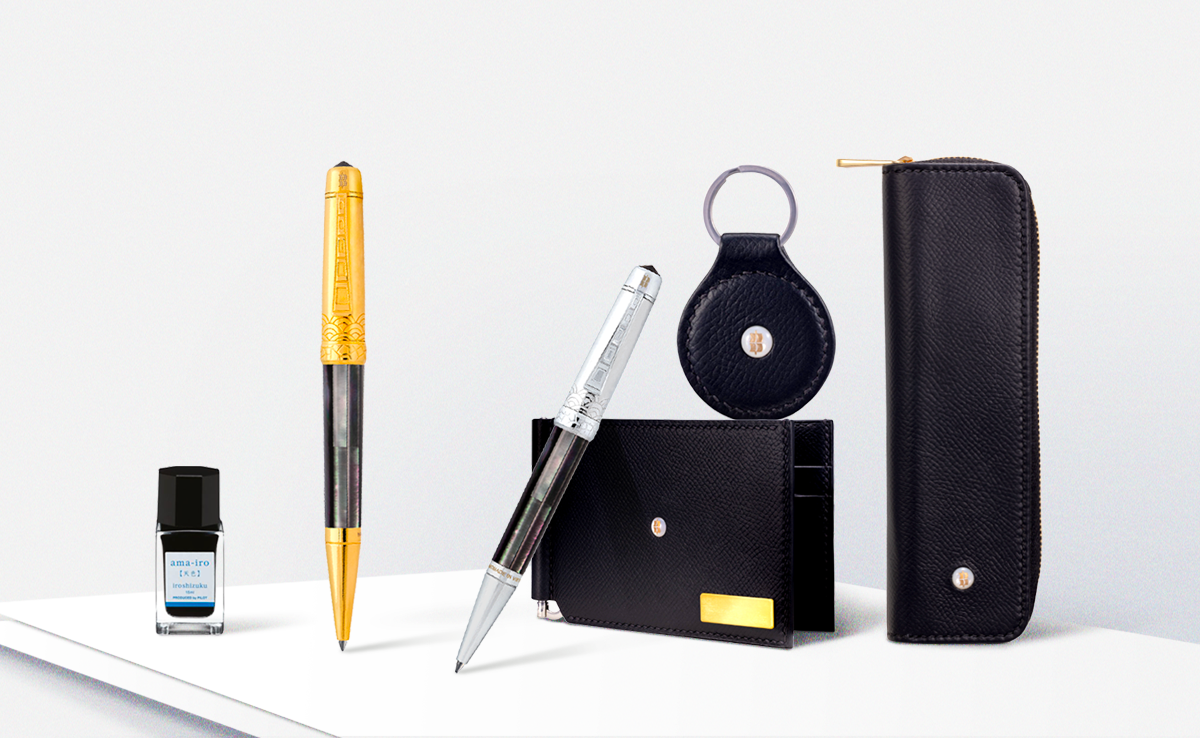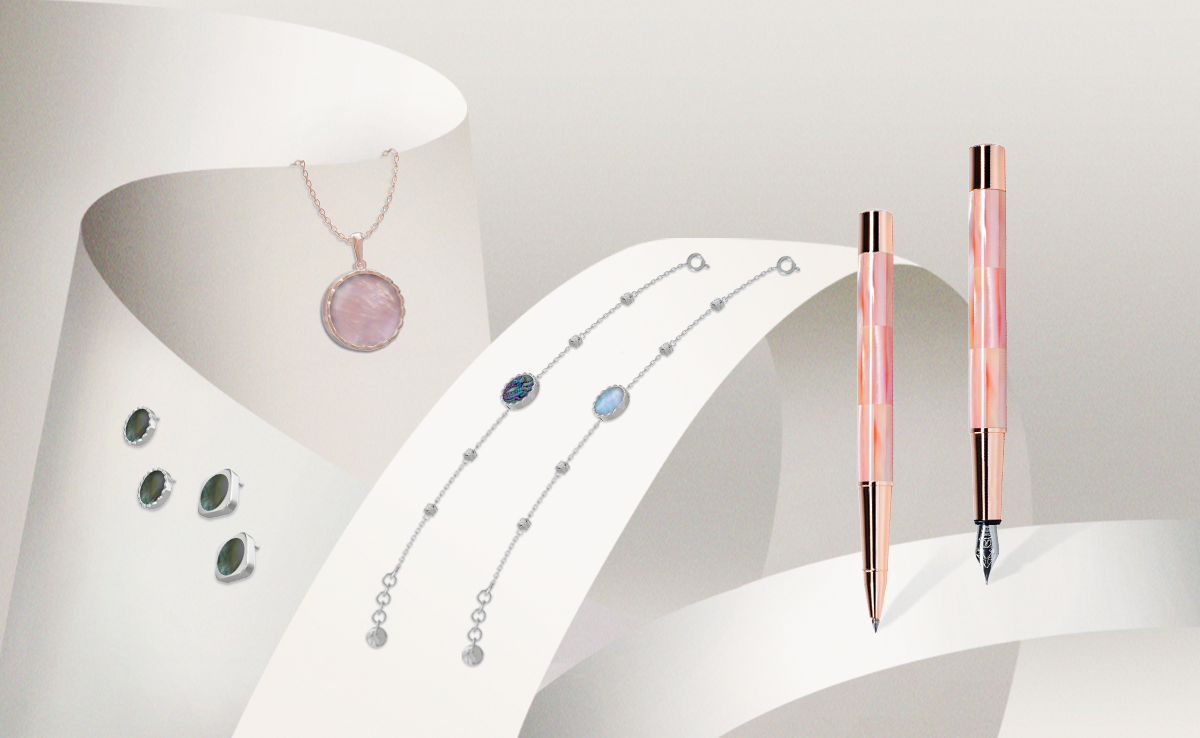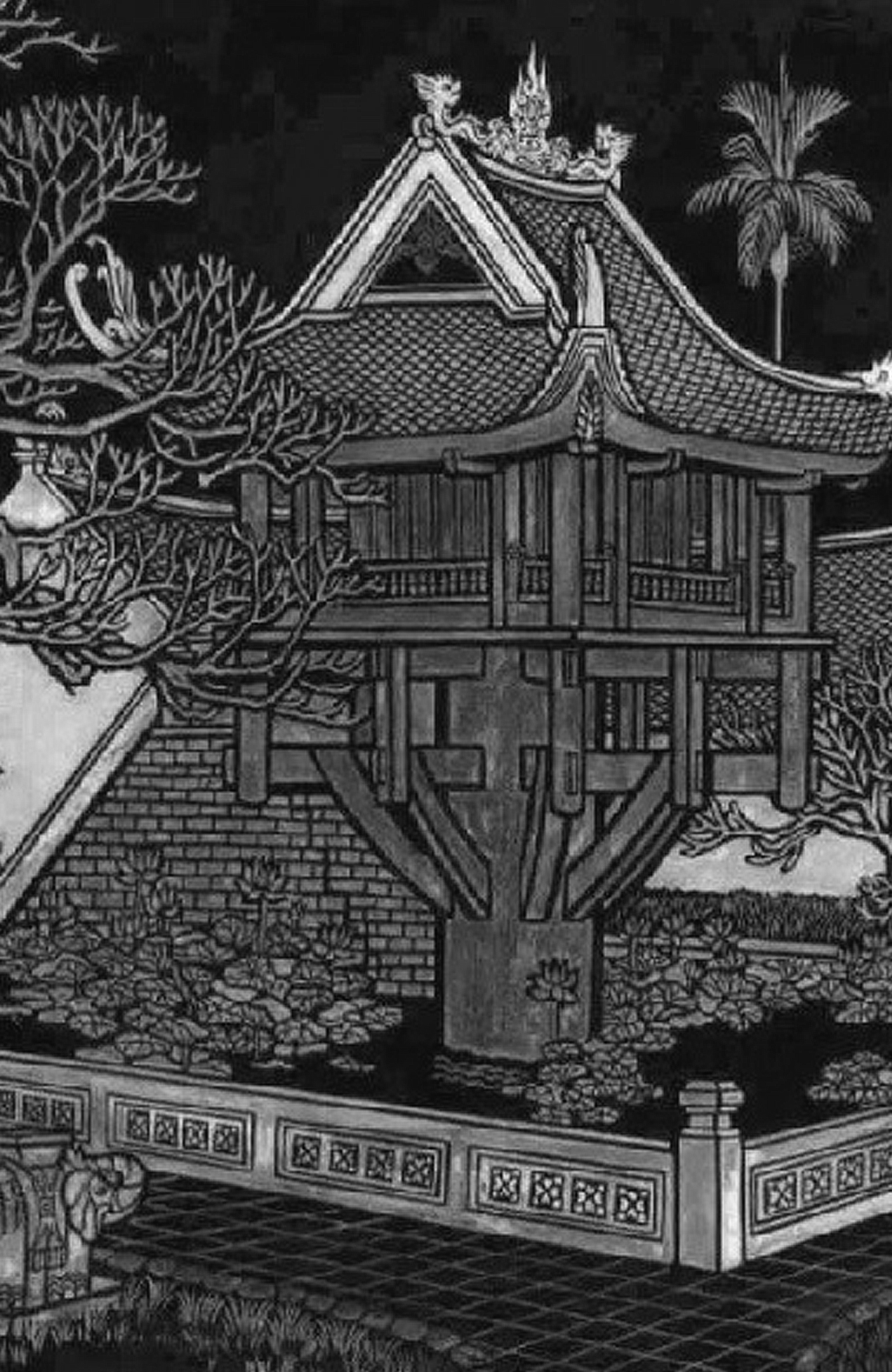
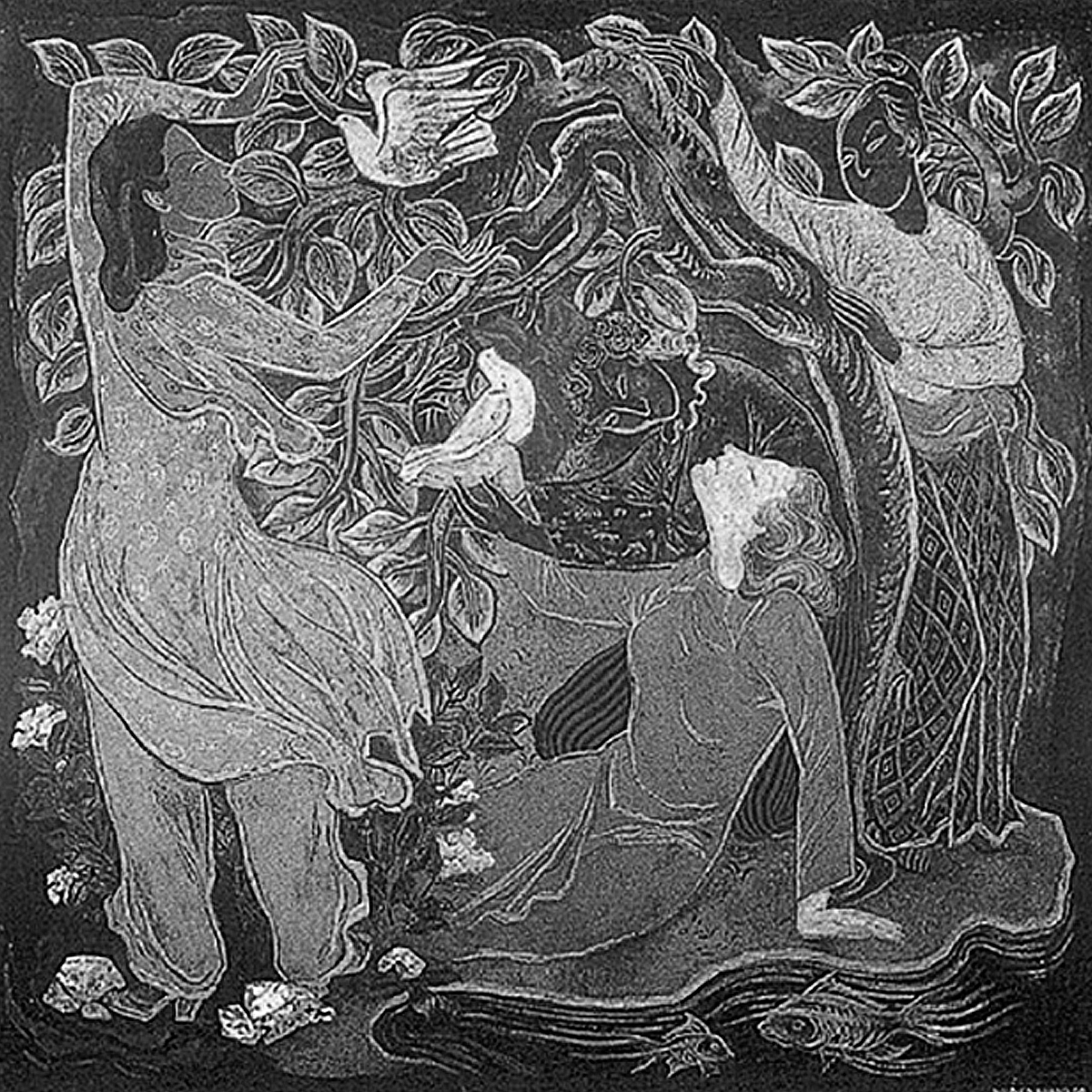
THE ORIGIN OF THE FIRST LACQUER
Lacquer material has appeared for a long time in the world. More than 4000 years ago, many antiques made from lacquer were found in Asian countries such as China, Thailand, Korea, Japan.
From the traces of time, archaeologists are still skeptical about the origin of lacquer art. According to Chinese history, from 1600 - 1046 BC, craftsmen used lacquer to create everyday objects and then turned lacquer into the pinnacle of art.
Around the 5th century, Japan began to have access to the art of lacquer. This technique was developed by the Japanese and formed the basis for world manufacturing techniques. One of the techniques discovered by Japanese artisans is: attaching gold or silver on lacquer. With this creativity has brought the art of painting to a new height.
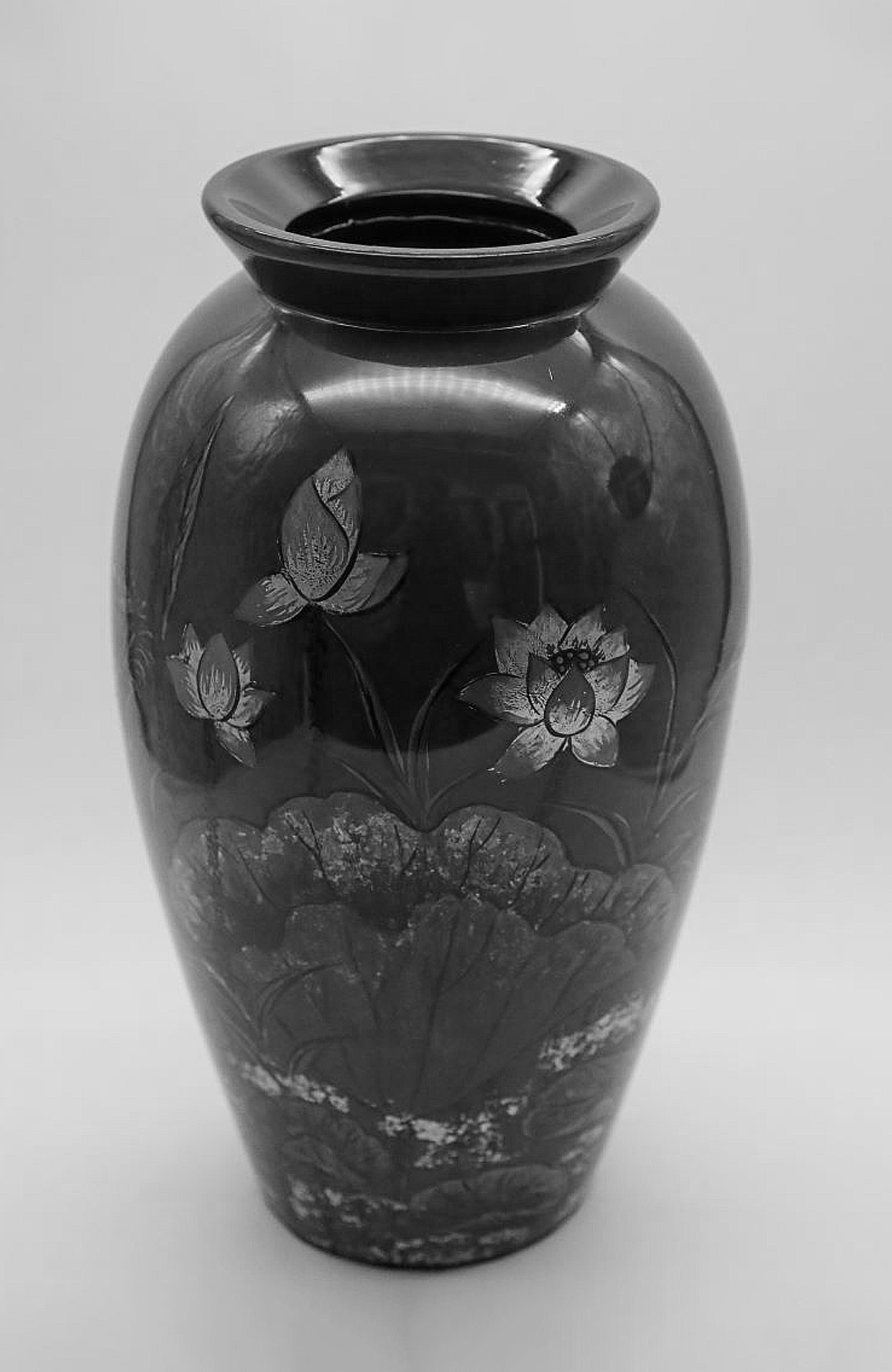
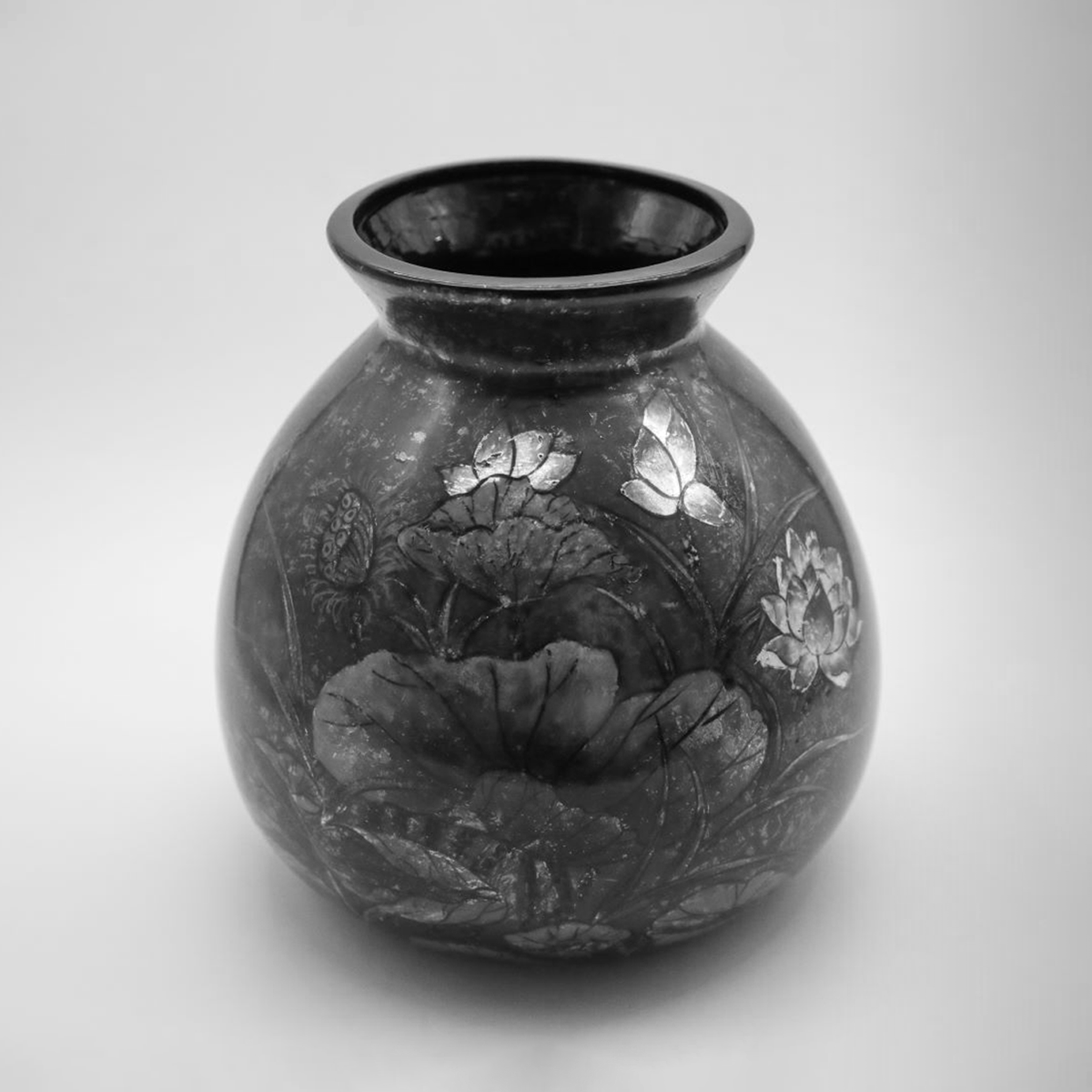
ORIGIN OF LACQUER IN VIETNAM
According to the history, the first traces of this material appeared hundreds of years before christ. If during the Dinh Dynasty (930 - 950), the Vietnamese used the latex of the gardenia tree to paint boats, then in the Le, Ly, and Tran dynasties, antiques and wooden statues were painted and gilded.
Until the reign of King Le Nhan Tong (1443-1460), Mr. Tran Lu was honored as the ancestor of lacquer craft. Thanks to him, painting techniques were improved (including: oil paint, optical paint, lacquer) making the value of lacquer products in Vietnam increasingly honored. His students were accepted by the court into the palace to decorate the interior, and established groups to spread everywhere, and good workers were accepted by the court to decorate the interior of the palace. Currently, Hue is considered as the place where the traces and lacquer works are preserved in the most complete and comprehensive way.
LACQUER CRAFT VILLAGE
Traditional craft villages are the cultural quintessence of the nation that need to be preserved and preserved through generations. Currently, the Vietnamese lacquer village only exists in 3 local places.
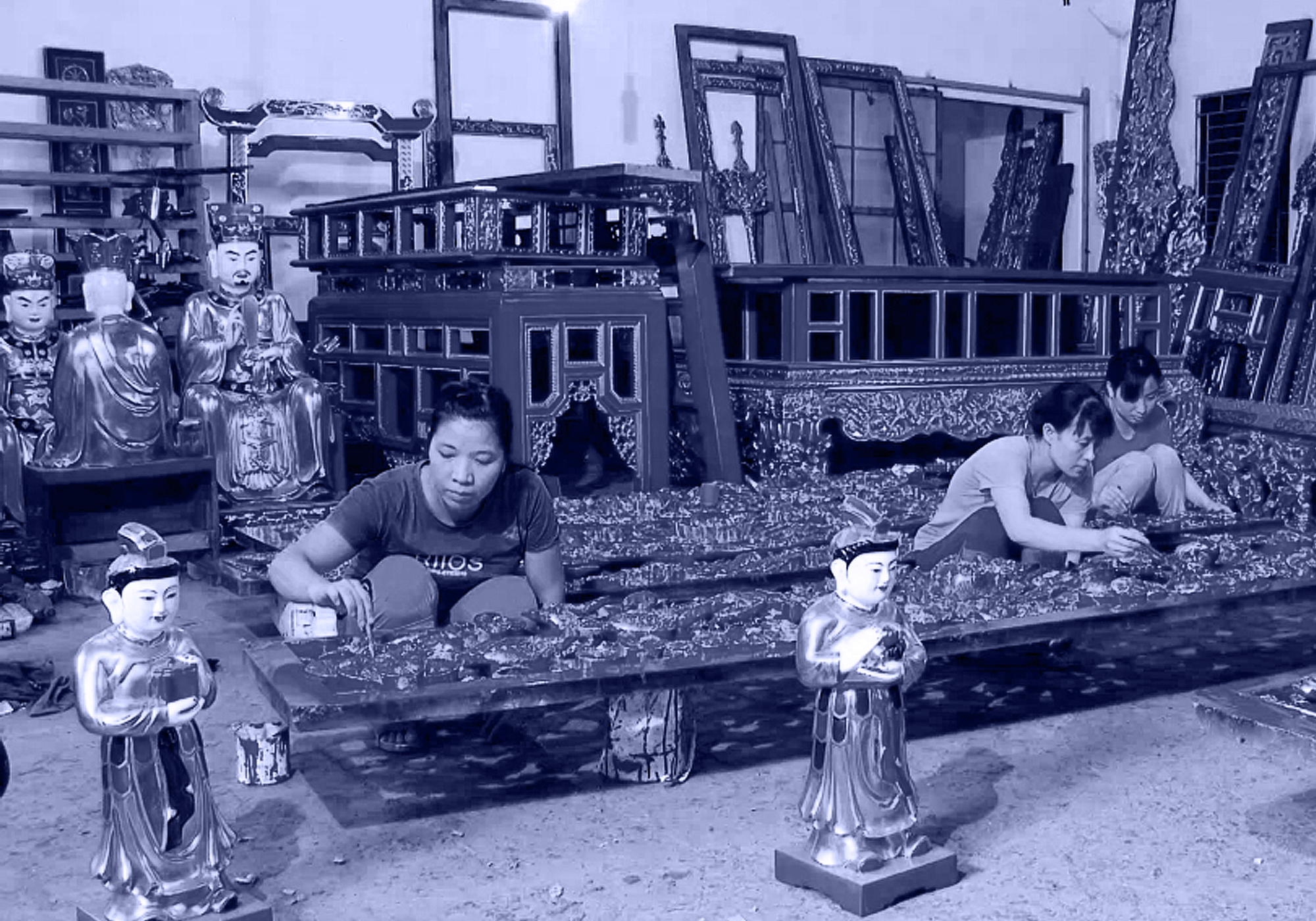
HA THAI VILLAGE, THUONG TIN DISTRICT, HANOI
Two hundred years old Ha Thai lacquer village located in Duyen Thai commune, Thuong Tin district, Hanoi. Its former is the traditional craft village of Cu Trang. Appeared around the 17th century, mainly made worshiping items to serve spiritual culture. When the lacquer craft developed, more diversified and richer products were born, attracting customers to the craft village. Daily items such as decorative dishes, vases, vases, jewelry boxes, lacquer paintings, decorations, souvenirs... are increasingly popular.
The improvements and changes in techniques of the artisans in the mixing stage have helped the lacquer products in Ha Thai village increase their durability, gloss and beauty even more. With its own characteristics, lacquer products here have conquered many customers who love lacquerware in the country and major markets such as Europe, Asia, America, Eastern Europe, Australia.
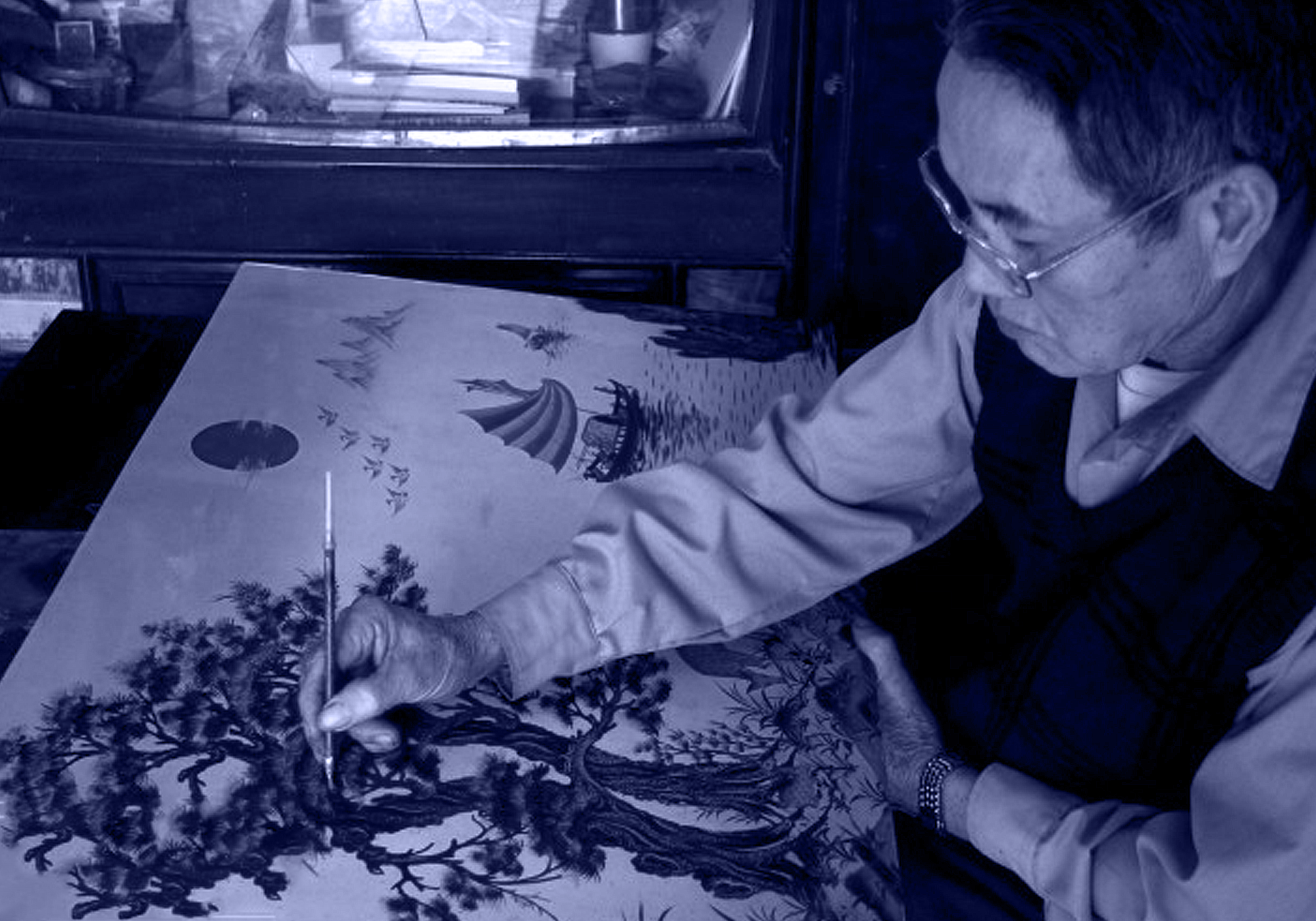
CAT DANG LACQUER VILLAGE, NAM DINH
Located in Yen Tien commune, Y Yen, Nam Dinh, Cat Dang lacquer village has a history of more than 600 years. They constantly create excellent lacquer products to serve religious activities such as paintings, statues, palanquins... or consumer products imprinted with lacquer art for domestic and international market.
Located in the cluster of traditional villages in Nam Dinh, with hundreds of years of reputation, this craft village deserves the first and second position among painting villages in the Northern Delta. Going through many events, Cat Dang lacquer craftsmen still silently use their skillful hands and delicate minds to create products imbued with national culture. From products of mascots such as: dragon unicorn, pine chrysanthemum, bamboo ... to products that describe the beauty of the country such as palm forests, tea hills, buffalo herding scenes, rice harvest... are all presented by the artist passionately on decorative objects, household appliances.
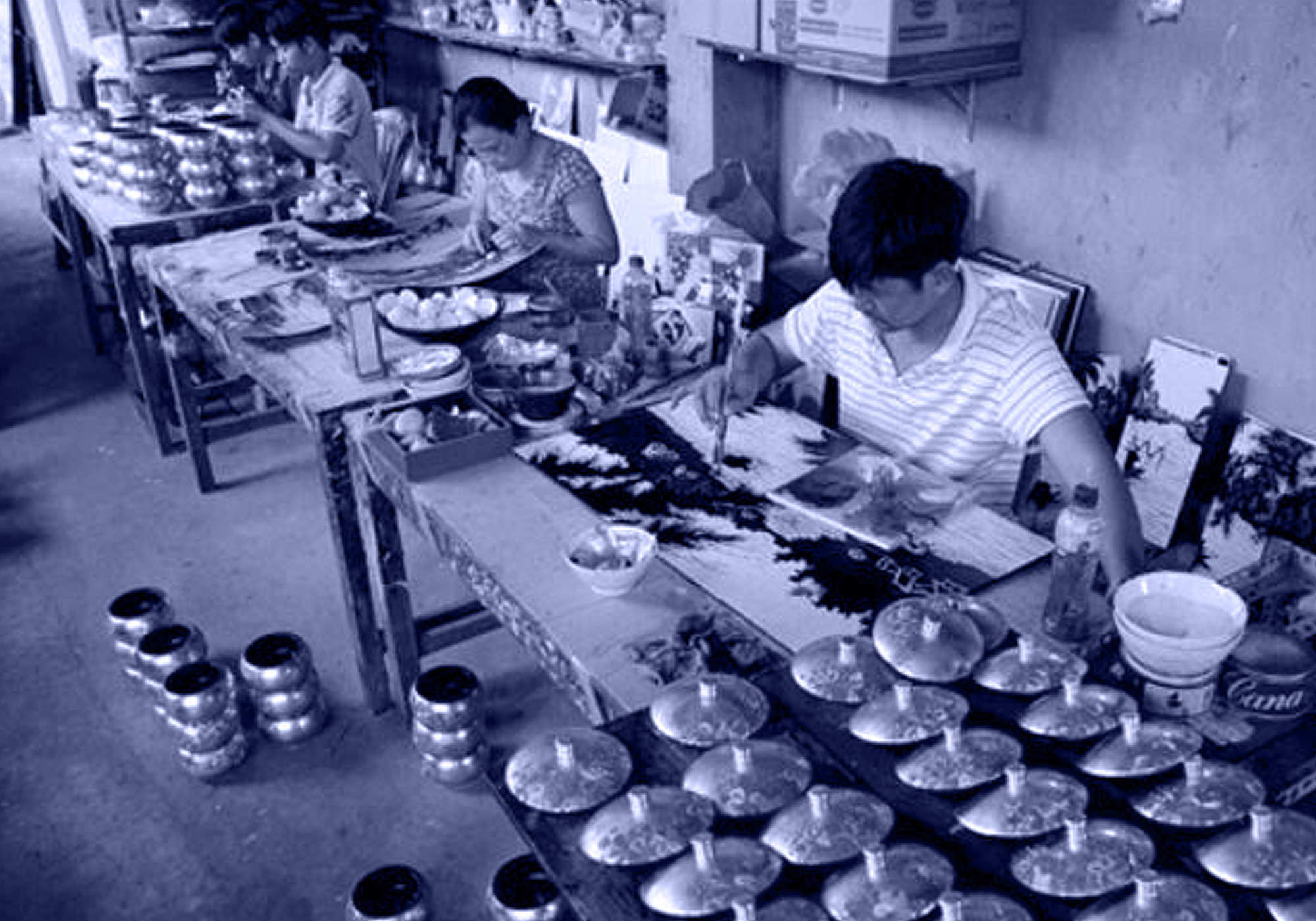
TUONG BINH HIEP LACQUER VILLAGE, BINH DUONG
Going south, stopping at the edge of Thu Dau Mot city, there is a lacquer village named Tuong Binh Hiep. This is not only the cradle of the lacquer art industry of Binh Duong province in particular but also of the whole Southern region in general. Appeared around the middle of the 18th century, at first, they were just households specializing in mixing paint then, lacquer, and gilding. Later, Tuong Binh Hiep lacquer craft village began to develop famously throughout the six provinces of Southern Vietnam.
Lacquer products of Tuong Binh Hiep village are imbued with traditional national culture, clearly depicting the Asian character and exported to all over the world. The craft village here is famous for its diversity not only with traditional lacquer products but also with applied lacquer.
The sophistication and ingenuity in each line and detail has been maintained through generations of the village's craft. Currently, Tuong Binh Hiep lacquer traditional craft village has been recognized as a national intangible cultural heritage.
THE STORY OF PRESERVING THE TRADITIONAL CRAFT VILLAGE AND THE BIRTH OF A BRAND
CURRENT SITUATION OF TRADITIONAL LACQUER VILLAGE
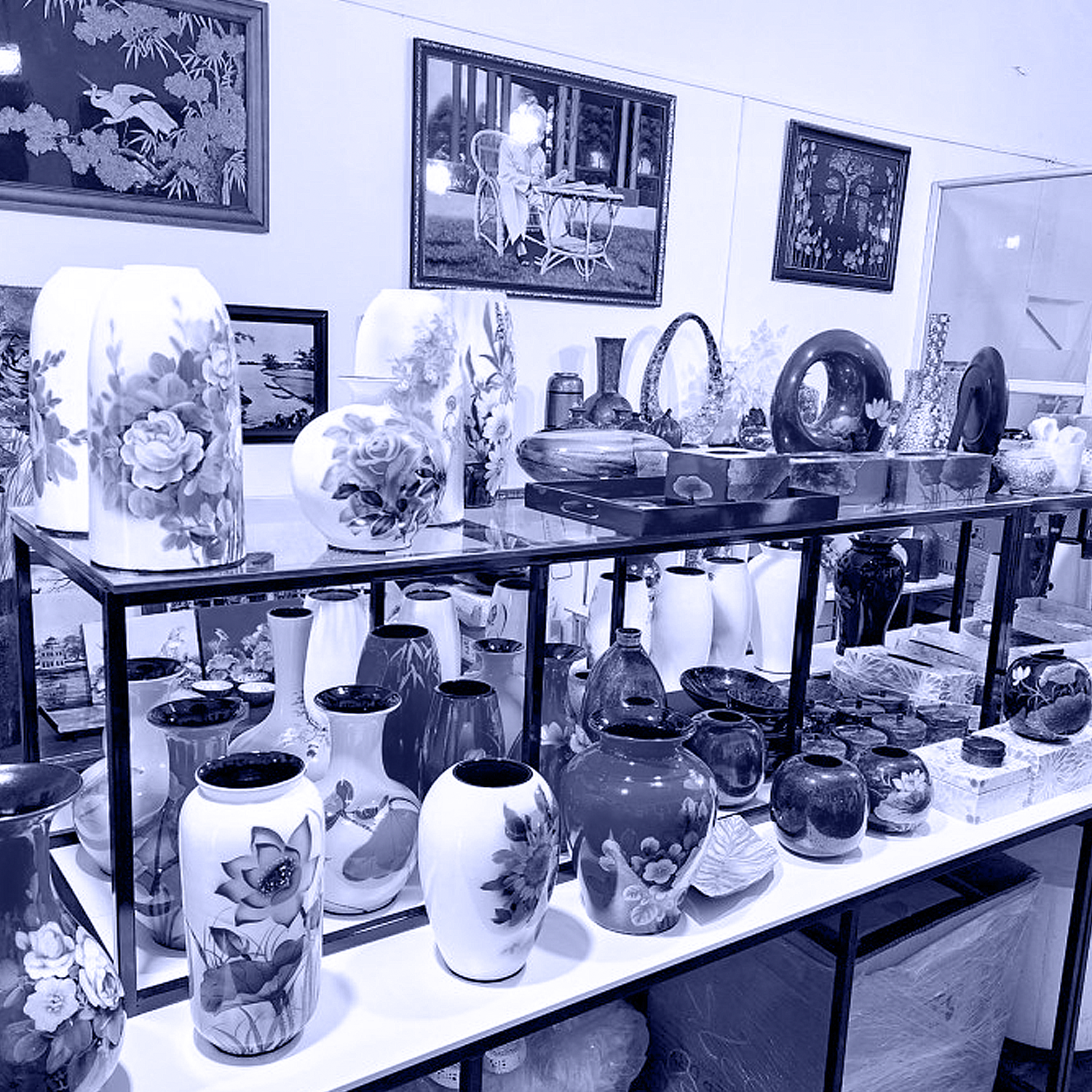
The scale of craft villages is increasingly shrinking, production facilities are less and less mainly existing to solve jobs for the elderly and idle in the locality. Today, the young generation is not interested in lacquer craft anymore. Not many young people still want to study lacquer training in art schools.
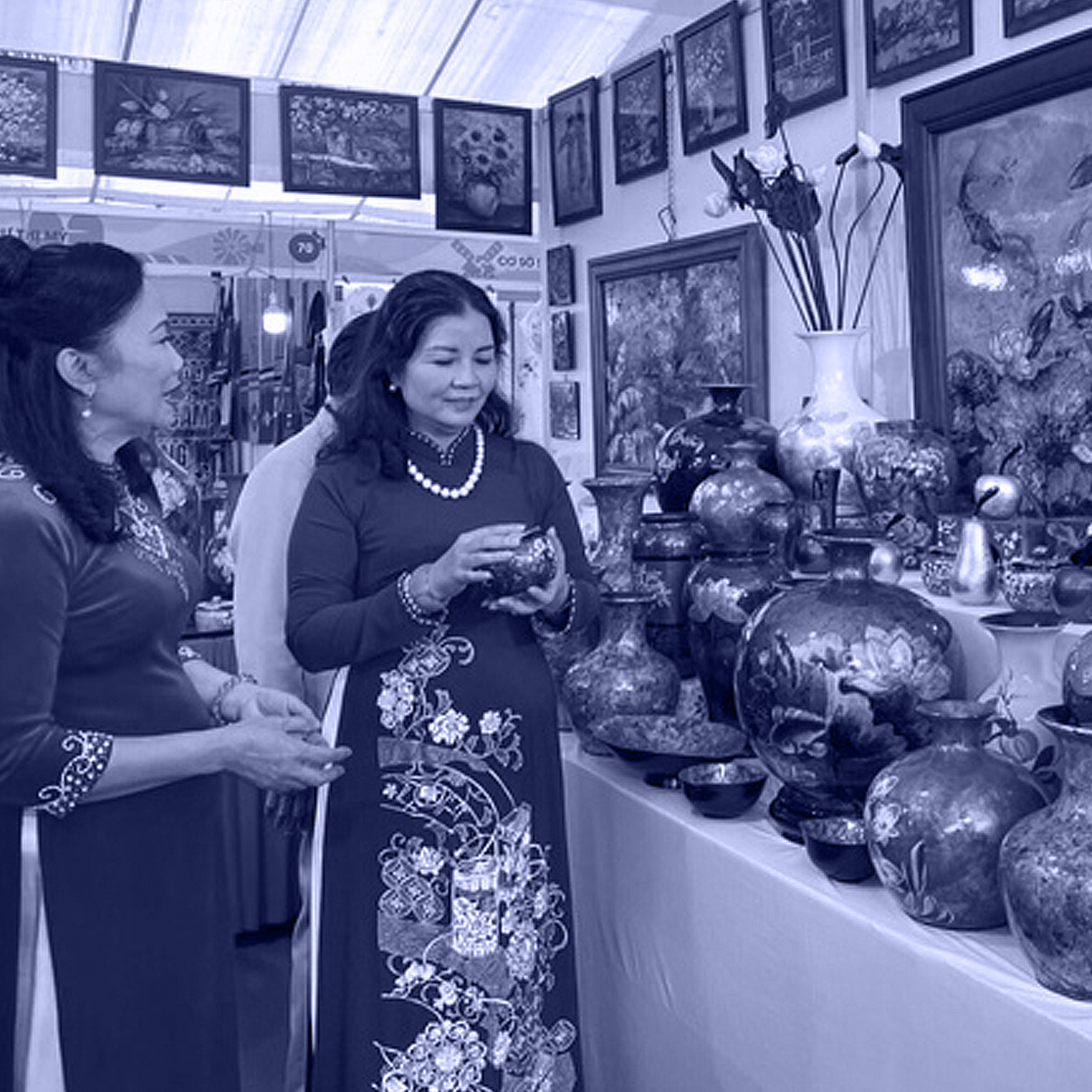
Lacquer products is quite large and bulky. Due to the traditional nature of the product, it is sometimes not suitable even for Vietnamese customers. Not to mention the demand is not much and often.
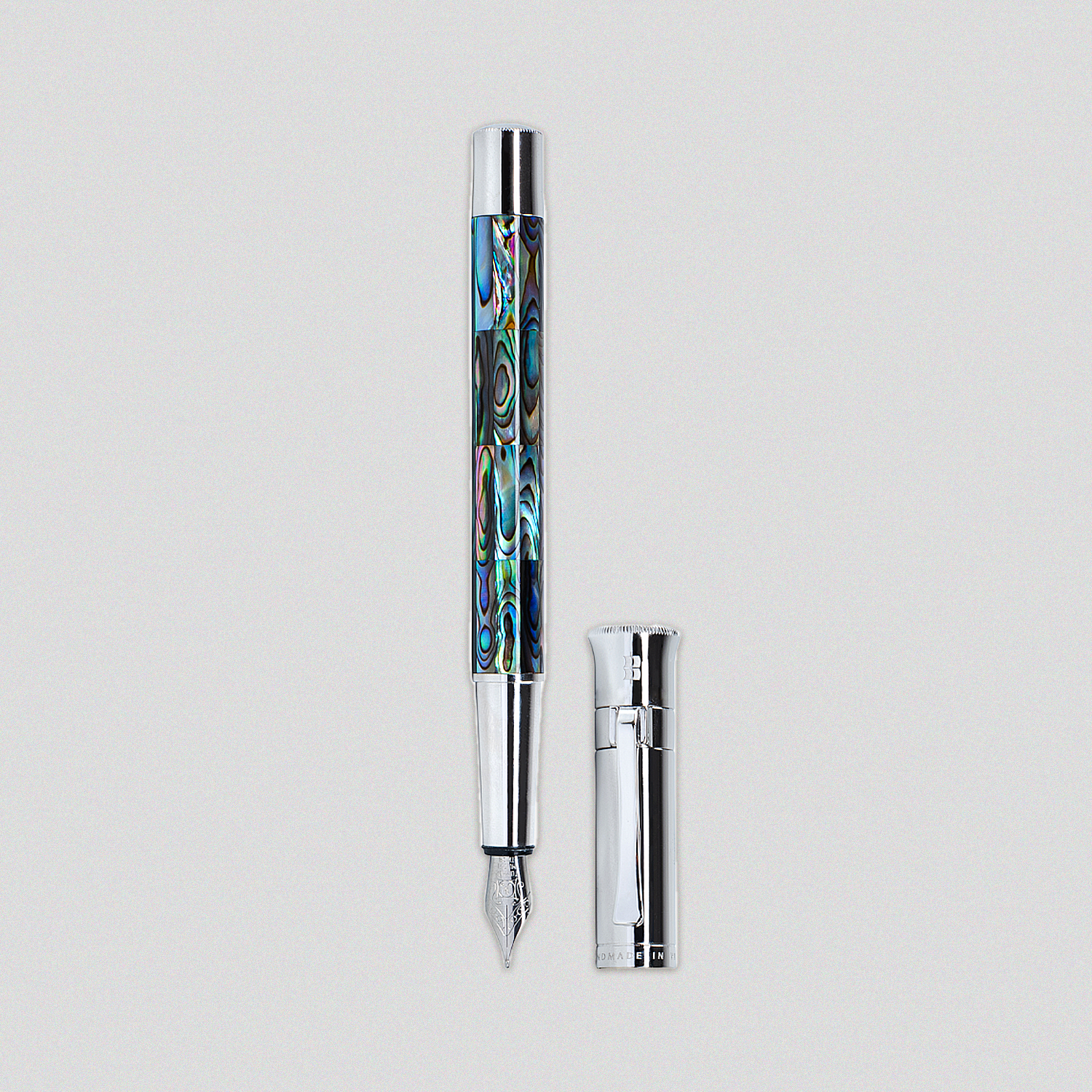
While a finished traditional lacquer product has to go through dozens of stages, sometimes up to 3 months, mass products only need to apply modern technology to take only a few days or even a few days. several hours to finish the product. It is what makes the craft village no longer can compete.
BLUSAIGON
The brand depicts the traditional quintessence of the Vietnamese nation
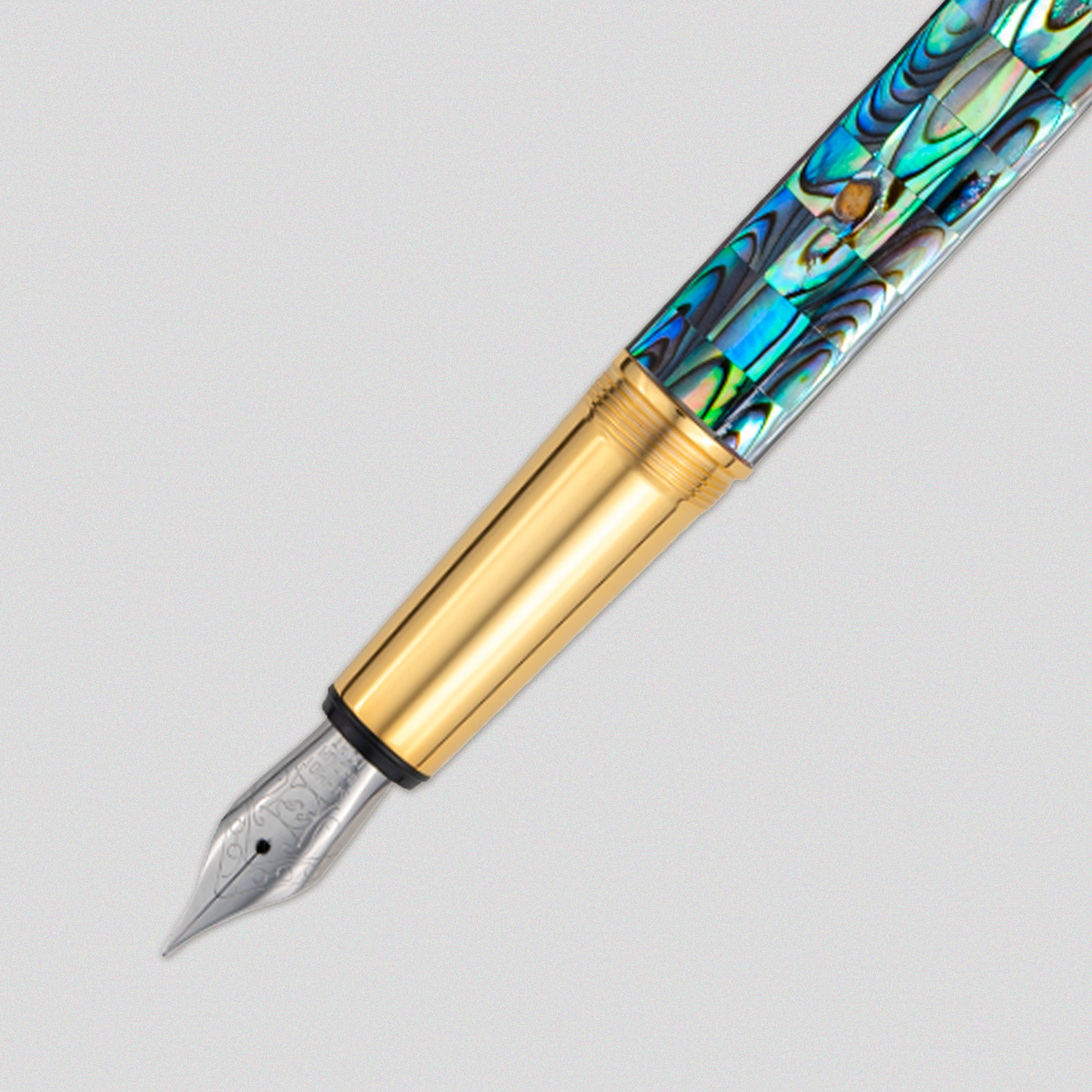
The BLUSAIGON lacquer pearl pen line is not only a product that preserves the artistic value of the homeland but also a bridge to bring the light of the nation's quintessence to the world.
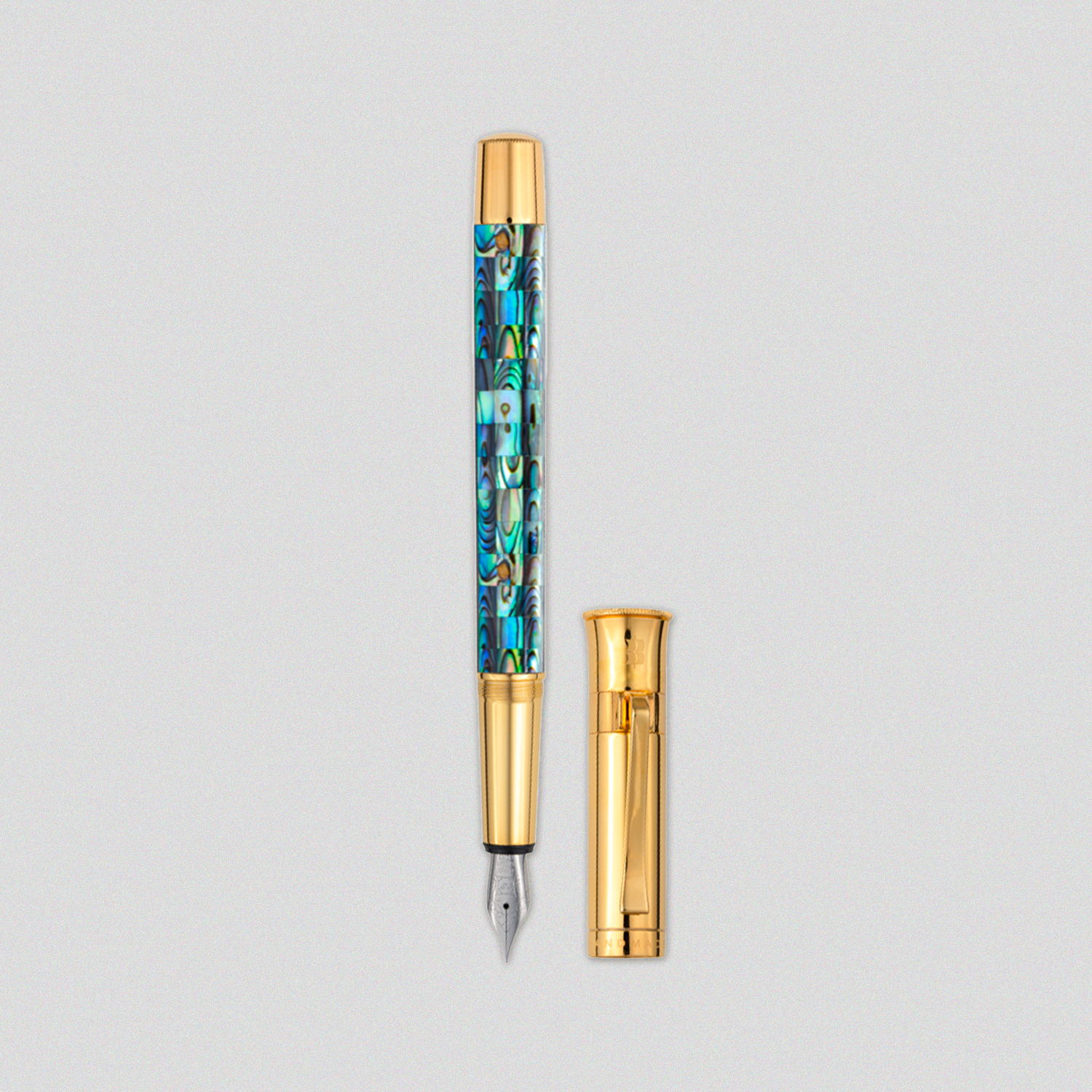
With priceless values created by the talented hands of the artisans at BLUSAIGON, the line of lacquered pearl pens has quietly preserved the craft village that is in danger of being lost.
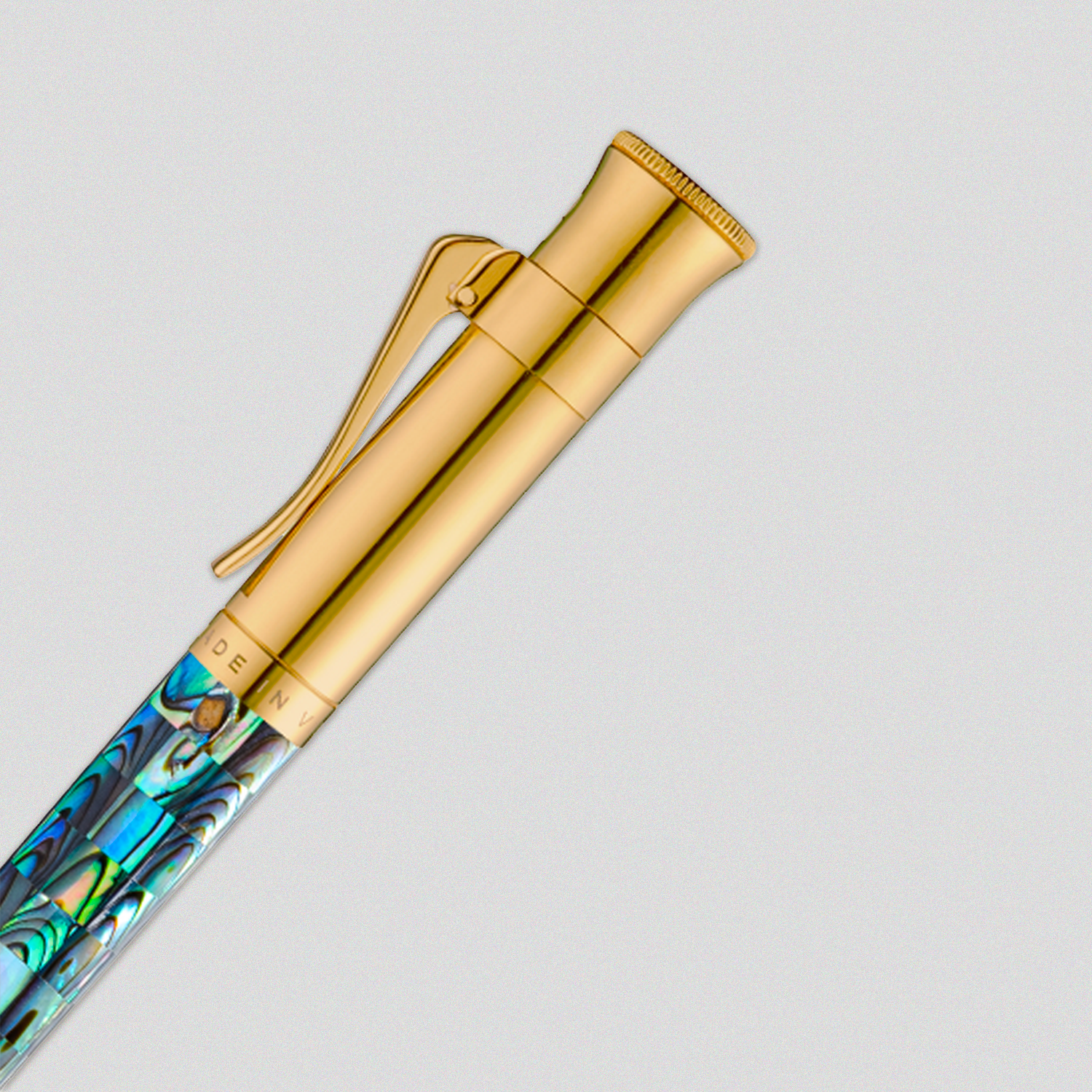
Thanks to the characteristics of both traditional culture and high artistic, traditional lacquer pearl pens are always the first thought of customers when they want to choose unique and solemn souvenirs to give as gifts.


